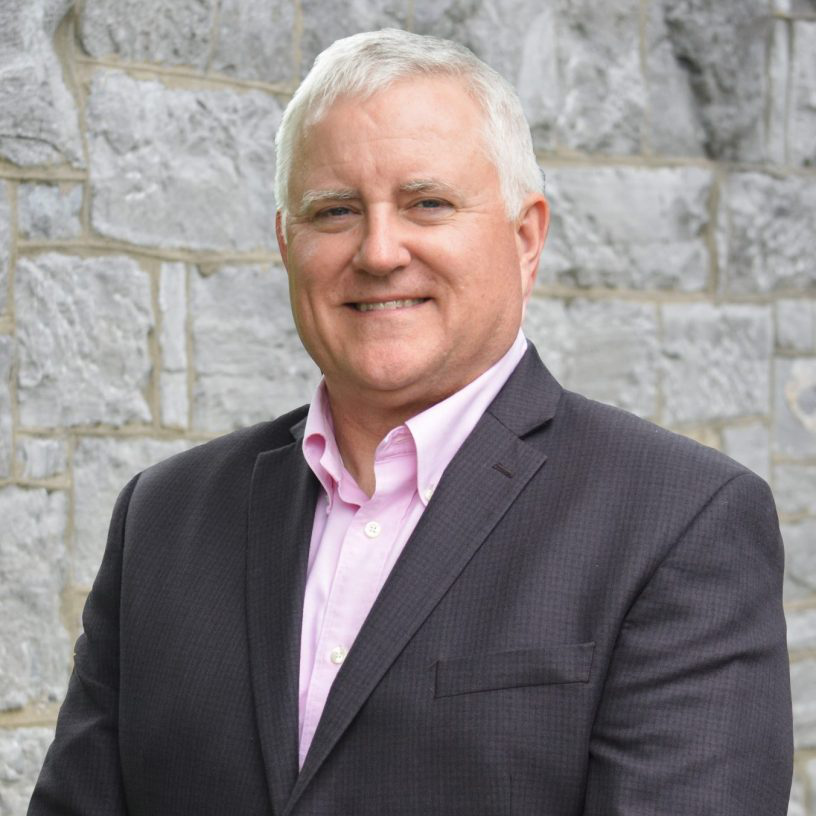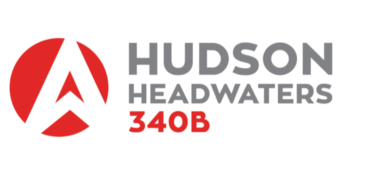SPONSORED CONTENT
The 340B statute was written as a drug pricing program that outlines specifically what manufacturers are required to charge qualified covered entities for their drugs based on a defined formula. The intent of the 340B program is to help these safety net entities stretch their scarce resources to maintain and enhance services in underserved areas and reach more eligible patients.
Though the statute is silent on how much these entities should charge their patients for their drugs or the delivery mechanisms used to get pharmacy services to their patients, there is increasing scrutiny on these areas from manufacturers and other opponents of this vital program.
The Issues Surrounding 340B Pricing
Although it is not a requirement of the statute, many falsely point to 340B prices not being passed on directly to patients as a blatant misuse of the program. There are numerous reasons this was not a written requirement of the statute; one of which is that FQHCs (Federally Qualified Health Centers) are prohibited by their federal grant from providing discounts to patients who are above 200% of the federal poverty level (FPL).
If they were to discount drugs and services for all their patients, they would be unfairly competing with private practices or other ineligible providers in their communities, which is certainly not the intent of federal programs. Most FQHCs and other eligible entity types provide affordable and accessible care and services to their patients through various mechanisms but may not currently be able to extend 340B pricing discounts to even their most needy patients through all their contract pharmacies.
Understanding that 340B is a program funded by the deep discounts provided by the manufacturers, it is a good practice to make affordable drugs available at as many of the 340B pharmacies as possible, regardless of the 340B statutory requirements. This can be done seamlessly by using 340B savings generated across all eligible patients to provide prescription discounts for those who have been determined to meet the FPL needs. Many 340B entities find it difficult, however, to use the discounted 340B price as the amount to charge their needy patients filling prescriptions at contracted retail pharmacies. Often these pharmacies will not have access to the 340B price at the point of sale, have challenges with preserving their Usual and Customary cash prices, or have no easy way to determine the patients’ 340B eligibility when they are filling their prescriptions with 340B drugs.
How Does Using a PBM Model Help Ensure Discounted Pricing?
Hudson Headwaters 340B has a process that streamlines the discount method for underserved patients on all their prescriptions at any or all the pharmacies the entity chooses to add to their discount network. Our model allows the entity to subsidize deep discounts to their patients by using a Pharmacy Benefits Manager (PBM) to adjudicate its claims according to the plan rules they (the entity) determine are best for their patients, regardless of the 340B price or program terms, which may vary by the 340B contract at each pharmacy.
This PBM model keeps it consistent and simple for the patients and allows access uniformly across the entity’s service area. The discounts are calculated off the negotiated rate the pharmacy accepts from the PBM. This allows the entity and the patient to see the true discount given from the community’s prevailing commercial rate for the prescription.
These discounts are applied to all the eligible patients’ prescriptions – brands and generics – as they are not relying on the 340B prices to determine what patients pay. 340B business rules at contract pharmacies may only include brand drugs or those which are beneficial to the entity, which presents confusion for the patient in efforts where 340B pricing is used as the discounted price for eligible patients.
In this PBM, non-340B priced model, the entity can structure the price for the patients in accordance with their approved policies. For example, the entity can either require a copay from the patient based on their FPL or apply no copay for those at or below 100% of FPL. Because this model is adjudicated at the pharmacy through a PBM in the very same way other insurance plans are processed, the stigma of being an indigent patient is eliminated.
Constructing the Best Pharmacy Discount Program for Your Patients
Hudson Headwaters 340B has found that this model integrates seamlessly with the entities’ sliding-scale discount process, the pharmacy standard operations, and the TPA’s (340B Third Party Administrator) reporting and replenishment processes. In essence, the entity is like an “insurer,” as well as a 340B participant – discounted prescriptions that also qualify for 340B discounts will be replenished and generate savings to offset a portion of the discounts provided.
With increased scrutiny on the 340B program and a focus on discounted prescriptions for patients, the time is right to investigate options. Using a portion of your 340B savings to provide affordable and accessible medications for your most vulnerable patients in a compliant and consistent manner across all your contract pharmacies is a great expanded service to offer and an important part of your 340B story to highlight.
Hudson Headwaters 340B is happy to provide further information and help you construct the best pharmacy discount program for your entity and your patients. Visit our website at www.hudson340b.com to learn more about our TPA services.

Jim Donnelly is president of Hudson Headwaters 340B. He can be reached at jdonnelly@hudson340b.com. You can learn more about Jim in our 340B Industry Leader Spotlight here.




